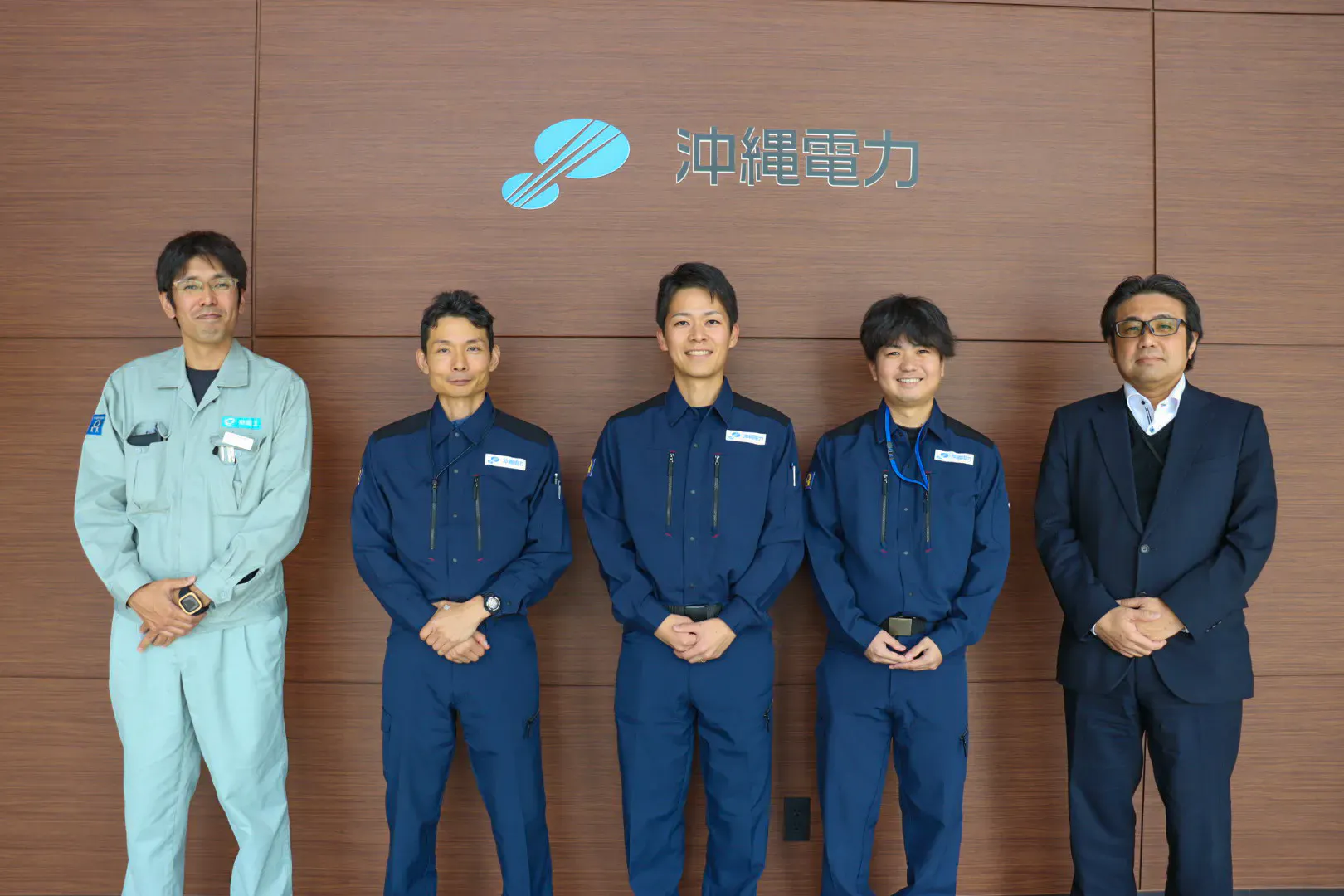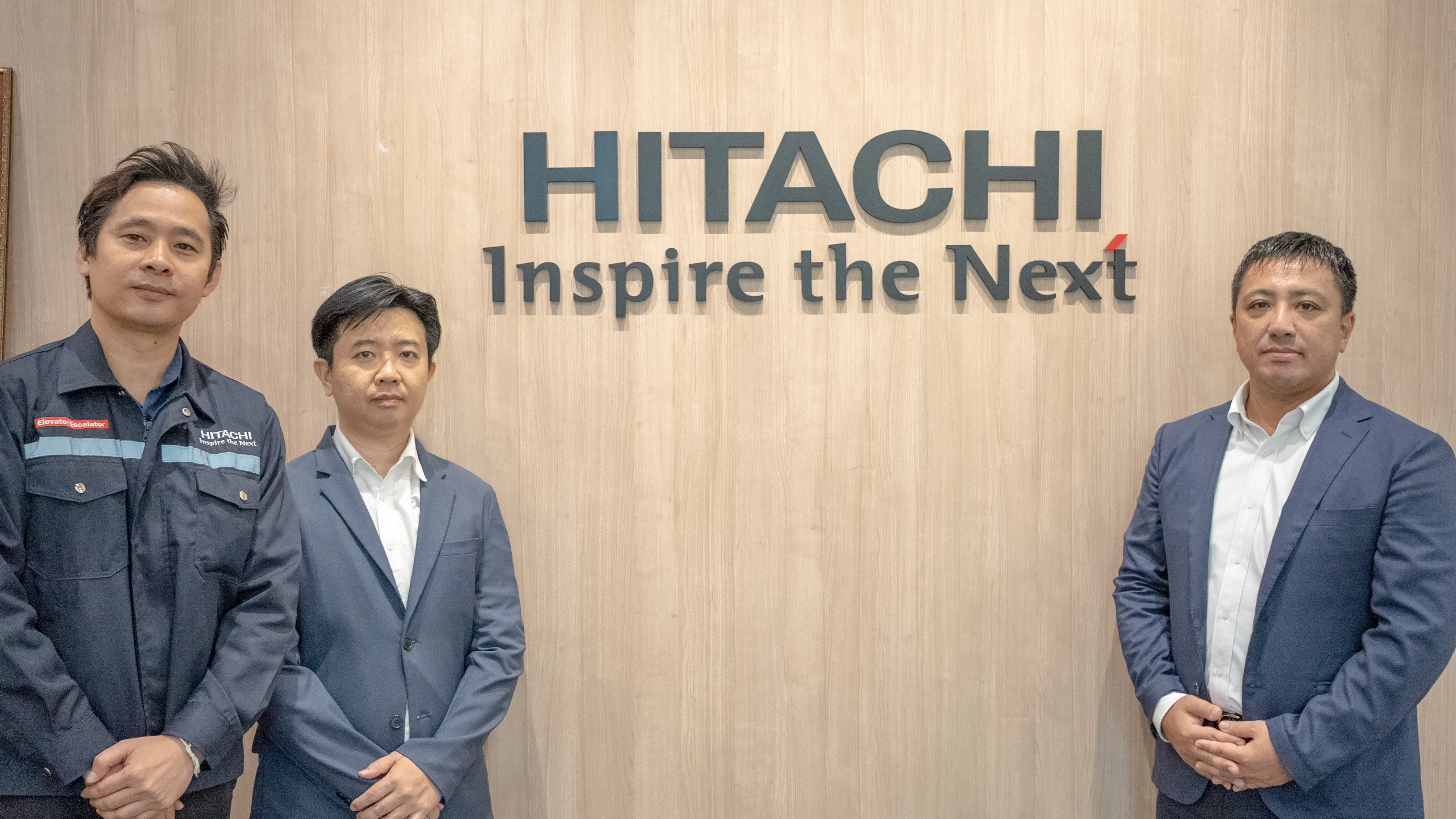Aera Home Corporation
.webp?fm=webp&auto=format&auto=compress&fit=clip)

Company Name
Aera Home Corporation
Number of Employees
295
Business Activities
Renovation services, new construction services, franchise chain business, real estate business, etc.
Utilization Services
Aera Home Corporation, known for its proprietary construction methods that provide high airtightness, high thermal insulation, high heat shielding, and high earthquake resistance, has expanded its business not only into new construction but also into renovations. Managing numerous sites from new construction to renovations, including external insulation installations, Aera Home introduced project management app KANNA (KANNA Project) two years ago. Recently, they also began using the newly released KANNA Report, a digital report app.
Background and Effects of KANNA Implementation
課題
1) The previous tool had a complicated document storage system, which made extracting documents time-consuming.
2) Sharing updated documents required scanning, leading to inefficiencies and mistakes during the sharing process, which also affected material orders.
3) There was a time lag in sharing drawings and information, resulting in wasted waiting time for management and unnecessary trips for on-site staff to the office, affecting the working hours of both parties.
導入の決め手
To expedite the extraction of business documents while ensuring the digital management tool is adopted smoothly, without placing a burden on on-site teams.
効果・改善
1) Improved visibility of document storage locations, reducing the time needed for organizing and updating documents.
2) The chat function has helped the management tool become well-integrated into the on-site workflow, and the read receipt feature has eliminated the "I told you" or "I didn’t hear that" misunderstandings.
3) With KANNA Report, the shift to paperless documentation became possible without burdening the on-site teams. The handwriting feature also allows customer signatures to be digitalized.
Person interviewed
.webp?fm=webp&auto=format&auto=compress&fit=clip)
Mr. Koyama, Head of the Renovation Department
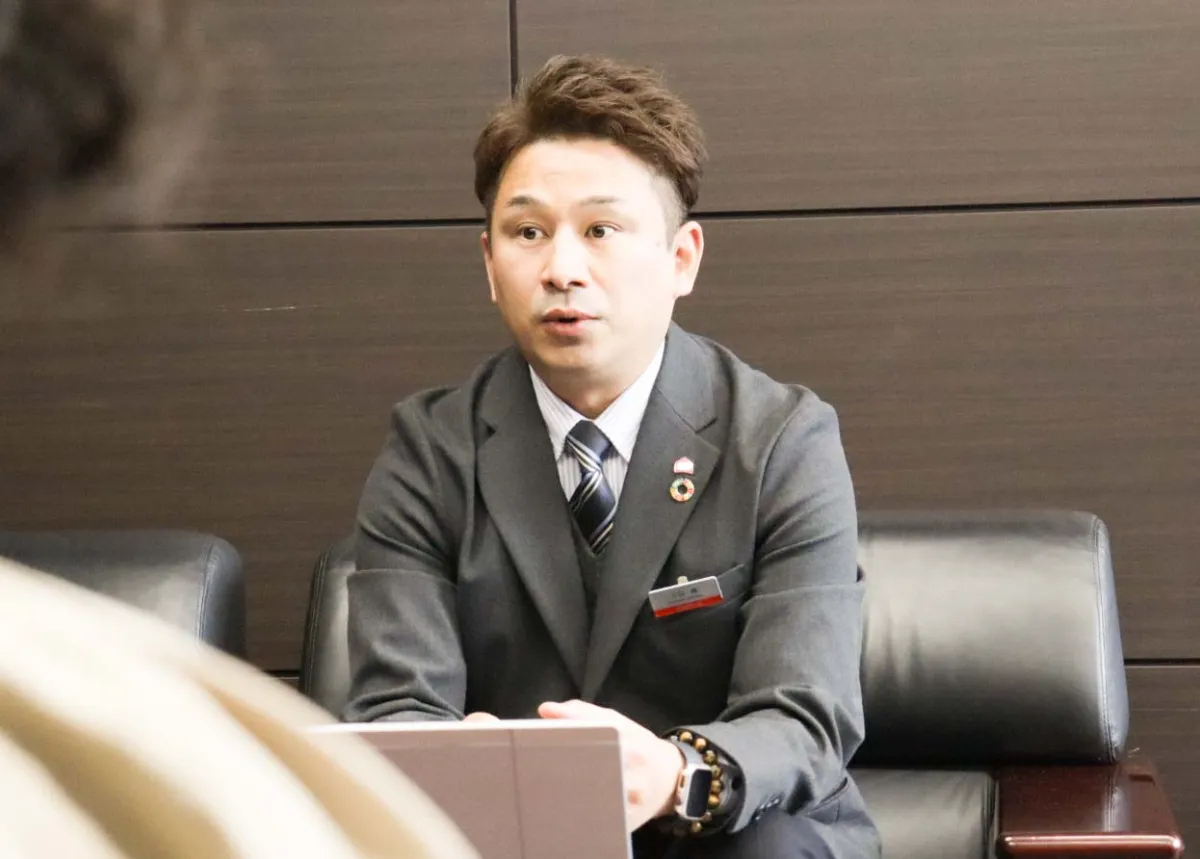
Intuitive Document Extraction and Highly Customizable Features Were Key Factors
— First, could you tell us about the business of Aera Home Corporation?
Mr. Koyama: We are involved in the sale of custom homes and standardized homes, as well as in franchise chain operations, renovation services, and real estate business. Our strength lies in the ongoing relationship we have with our clients after building their homes. Because we perform regular inspections and after-sales maintenance on the homes we build, we are able to offer more precise renovations by leveraging our knowledge of the home from the time of construction.
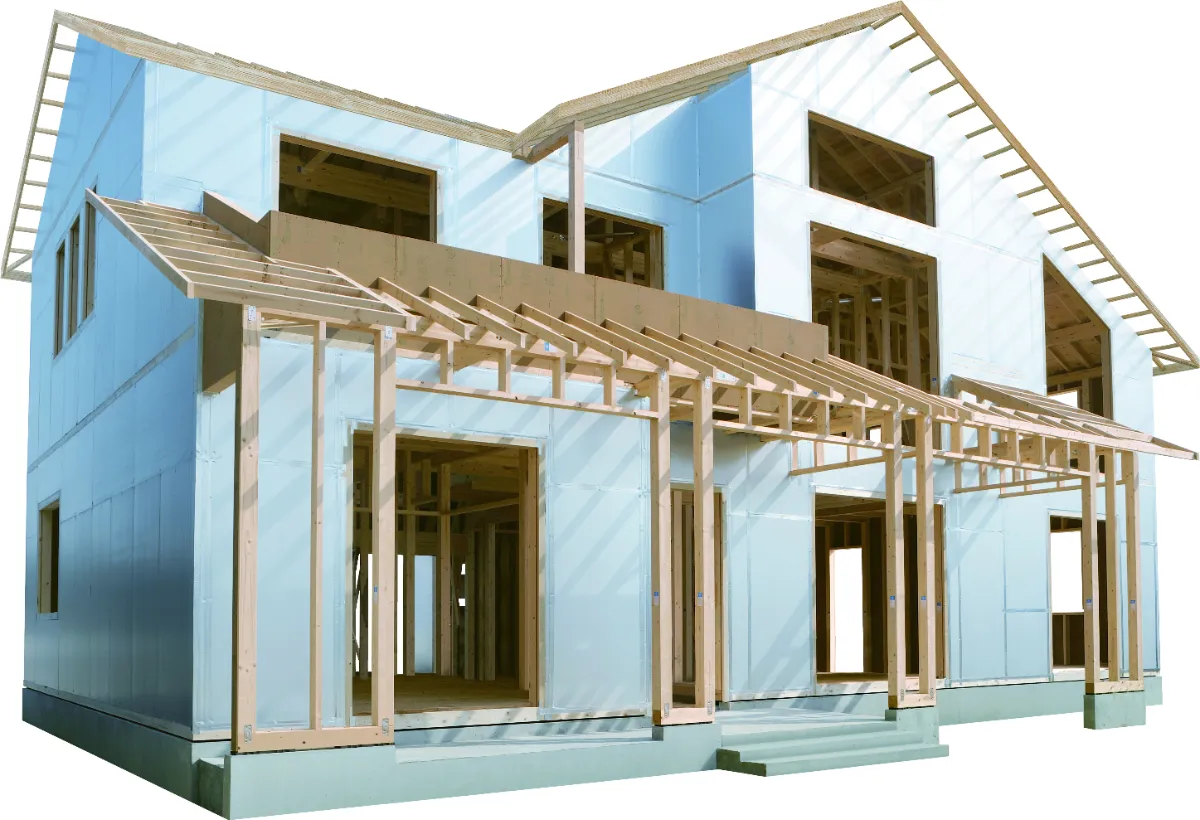
I belong to the Renovation Department, where we focus on acquiring new renovation and remodeling clients, building on the trust and expertise gained from our new construction business. Another area of focus for the Renovation Department is our external insulation method, "Aluminum Outer Insulation Ryo-Dan-Kun!", which is one of our company's strengths. To streamline the operations related to these projects, we introduced KANNA into the Renovation Department.
— What challenges led to the decision to implement KANNA Project?
Mr. Koyama: We implemented it about two years ago, but before introducing KANNA Project, we were already using another tool from a different company for construction management. However, it was difficult to master. Even though we introduced it to manage construction progress and sales schedules, it was hard to link documents to specific projects. The document storage hierarchy was unclear, leading to bottlenecks, and finding the necessary documents took considerable effort and time.
We had already expressed our desire for improvements to the representative of the previous tool, but we weren’t receiving prompt responses. Eventually, we realized that switching tools would be faster, so after comparing several options, we decided to implement KANNA.

— After comparing several tools, what led you to choose KANNA Project?
Mr. Koyama: The biggest issue with the previous tool was the inability to intuitively and quickly retrieve stored documents. This made KANNA Project attractive because of its simple and user-friendly interface, which is easy to navigate even for those without advanced IT skills. Another key factor was the ability to keep implementation and operational costs low. Specifically, there’s no fee for issuing accounts when inviting partner companies to the platform (partner company accounts are free), which is a significant advantage.
Additionally, KANNA Project allows for customization tailored to each company's needs. When we were using the previous tool, every time we needed a customization, we had to contact the tool’s representative and wait for the vendor to respond, which led to delays. On the other hand, KANNA Project is highly flexible, and this freedom was another deciding factor for its adoption.
Reducing Time Spent on Review, Organization, and Updates by 30% in Preparation for the 2024 Construction Industry Issue*
— How did the on-site workers react when you initially switched to KANNA Project?
Mr. Koyama: Some of the on-site craftsmen are from generations that aren’t as familiar with digital tools, and there were some who wouldn’t even touch the previous tool we introduced. So, I felt a bit hesitant asking them to switch to a new tool. However, it turned out to be an "unnecessary worry." The reason is that the chat function in KANNA Project operates like the chat apps used in familiar social media platforms.
Because of this, switching the tool used on-site didn’t require anyone to learn a new system. Since everyone is already familiar with social media chat apps, I knew they would have no problem using it at the site.. However, introducing personal social media chat apps for work posed challenges both mentally and in terms of security. With KANNA Project, which is designed for business, we can use it with confidence.

Aera Home's KANNA "Chat" Screen
By inviting relevant on-site team members to each project, it works like creating a group in a social media chat app, where everyone can see what has been posted. Moreover, the KANNA Project’s chat includes a read receipt feature that not only shows how many people have read the post but also provides a list of who has read it and who hasn’t. This feature allows the management side to easily track the status, thinking, "This person has already read it" or "This person hasn’t checked it yet," providing peace of mind. For the on-site team, it saves them the trouble of having to reply with a "Confirmed" message.
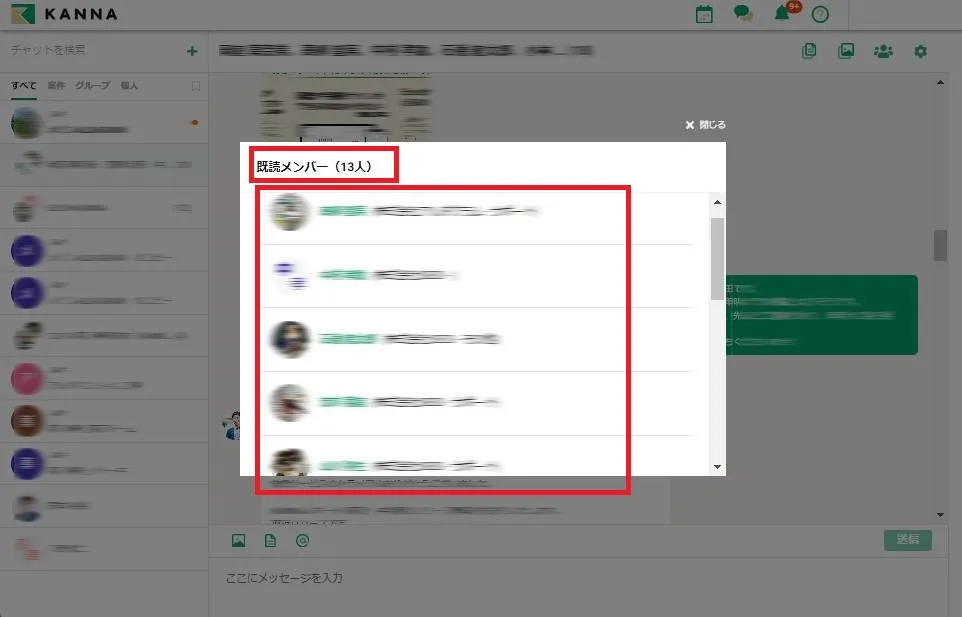
By clicking on the number of people who have read the message in the chat, you can see exactly who has marked it as read. This feature is available not only on a computer but also on smartphones.
If we had chosen the in-house development route, the costs would have been on a completely different scale. And more importantly, it’s about speed. Developing an app from scratch would have taken considerable time. However, by introducing KANNA, we went from evaluating both in-house development and external options to starting full operation in just about four months. I’m extremely satisfied with the overwhelming speed.
— After implementing the system, how do you feel about solving the initial challenges?
Mr. Koyama: Not only has information sharing with the on-site teams become smoother, but we’ve also felt the benefits of easier document retrieval, which was one of our primary goals when we implemented the system. Additionally, thanks to the high level of customization, such as the ability to rename folders ourselves without needing to request assistance from the system administrator, administrative tasks have become more efficient. Since we can rename folders to match our internal systems, the time needed for document verification has been reduced.

KANNA's document storage file screen
The “drawing” feature on documents" implemented in KANNA at the end of last year (end of 2023) has been especially convenient. Even if there are changes to the drawings, they can be immediately corrected on-site, and the updates can be shared with all relevant parties right away. Since drawings can be made from a smartphone, these tasks can be handled directly from the site.
Previously, changes were noted on paper at the site, brought back to the office, scanned, and converted to PDF or JPG files, which were then attached to emails and shared with the relevant parties. The actual sharing often occurred in the evening, after work, or sometimes the next day, and in some cases, even several days later. This delay meant that if the changes required ordering materials, the timing for the order would also be delayed, leading to further delays in delivery, and pushing back the start of the construction by a day or more.

You can annotate on Photos and Drawings
Now, by adding instructions directly to the drawings stored in KANNA Project, those updates are immediately shared with everyone involved in the project. As a result, the time spent on document review, organization, and updating has been reduced by 20–30%. Particularly when it comes to communicating changes to the on-site team, which affects the time craftsmen are required on-site, these small improvements are extremely valuable, especially as the "2024 Construction Industry Issue" approaches.
The Introduction of KANNA Report Has Greatly Reduced the Hassle and Errors of Scanning After Handwritten Entries
— You’ve recently introduced the digital report app, KANNA Report. What led you to decide to implement it?
Mr. Koyama: The goal behind its implementation was to promote a paperless environment. We had been considering digitizing the documents exchanged between the on-site teams and our head office for some time, but to make that happen, a new tool was needed. I think this is common in many companies and departments, but changing the traditional methods and introducing new tools or features can be daunting for most people. We were hesitant because we would need the on-site teams to learn how to use the new tool as well.
.webp)
With KANNA Report, there’s no need to install a new app. The “custom report” " tab is simply added to the existing KANNA app that everyone is already using. Moreover, we can transfer the existing Excel document formats we’ve been using directly into the app, which not only reduces the workload on the management side but also ensures that the on-site teams won’t be confused when filling out the documents. I felt confident that this would work.

With the KANNA app, you can use both project management and digital forms in one product. There’s no need to install a new app.
Digitalization Solves the Problem of Misreading Handwritten Text, Leading to Greater Efficiency
Mr. Koyama: We plan to fully implement the KANNA Report starting in February, and we have high expectations for it. Until now, the on-site teams would scan handwritten documents and store the data under each project in KANNA Project. However, this process had its own set of issues.
The scanned documents would sometimes be saved in different formats such as PDF or JPEG, and occasionally the scan quality would be poor, requiring a rescan. Additionally, if the scanned data wasn’t properly labeled, it became unclear which site the form belonged to or when it was filled out, both for the person who submitted it and the person receiving it. This lack of clarity could lead to mistakes. These tasks, which were repeated for each site, created stress for both the on-site teams and the management.
However, with KANNA Report, scanning is no longer necessary. The completed documents are saved directly under each project, making it much easier to fill out, share, and organize documents. Moreover, since the text is digitally entered, there’s no need to worry about individual handwriting quirks, like "Is this a 0, a 6, or a 9?" Additionally, a major benefit is the reduction in time spent on scanning.

KANNA Report Digital Form App Screen: Replicating the Look of Excel in a Digital Format
To scan documents, on-site staff would need to return to the office. This leads to wasted time for both the on-site staff and the management waiting for the documents to be uploaded. However, with the introduction of KANNA Report, document creation and sharing with management can now be completed on-site. Similar to the drawing feature in KANNA Project, this is undoubtedly effective in reducing work hours, a key focus of the "2024 Construction Industry Issue."
Additionally, as part of our paperless initiative, we are also advancing the use of electronic contracts. KANNA Report includes a handwritten signature feature, which we are considering applying to the receipts exchanged with our customers. This would allow us to centralize everything, from project initiation to receipt handling, within KANNA.
The Time Saved by Digital Transformation Creates an Environment to Focus on Sales, Generating New Profits for the Company
— Your company is actively advancing DX (digital transformation) with the introduction of the KANNA series and the promotion of electronic contracts. Could you share your outlook for the future and how the company plans to develop moving forward?
Mr. Koyama: That’s right. In addition to advancing DX, particularly in our new construction business, we are also working on initiatives such as introducing wearable cameras on construction sites to improve quality and employee training. However, for DX to truly have meaning, it’s important that the digital tools introduced for each business operation seamlessly connect with one another.

Even with the KANNA series, the synergy created by linking KANNA Project and KANNA Report makes it easier to implement on-site. Once the system is fully implemented, the on-site teams will also understand the value of using digital tools. For those of us in the construction industry, DX (digital transformation) is a double-edged sword. From the management side, it reduces the number of trips to the site, but from the on-site team's perspective, this could be seen as a lack of involvement or care.
However, if DX can reduce time losses, we on the management side can focus more on sales activities. If we can acquire more projects through active sales, we can commission more work, benefiting both our company and our partner companies. In other words, it creates a win-win relationship for everyone involved.
Helping the on-site teams understand this win-win relationship and connecting it to mutual benefits is the true meaning of promoting DX. With the introduction of KANNA, we are already seeing time losses reduced. Moving forward, we plan to further streamline operations using KANNA Report and aim to improve productivity and profitability.

Mr. Koyama from Aera Home and a member of the KANNA Staff
*2024 Construction Industry Issue
In Japan, the construction industry has been facing a labor shortage. As a result, the long overtime work became a common trait of the industry. To tackle this and secure a better working environment for laborers in the industry, the Japanese government decided to set a regulation that limits overtime working hours for the construction industry, which is set to be in effect in April 2024. A violation of this regulation can result in a punishment. Hence, improving efficiency and reducing the working hours are the urgent matters that the construction companies have to resolve.
Company Name: Aera Home Corporation
Business Activities: Renovation services, new construction services, franchise chain business, real estate business, etc.
Established: December 1984
Number of Employees: 295 (as of May 31, 2022)
Website: https://aerahome.com/
Article published on: August 21, 2025
